How to Clean and Care For Furniture
If you've just purchased new furniture, you want to keep it looking its best so that you can enjoy your investment for years to come. The easiest way to keep your furniture looking new is by properly cleaning and caring for it.
General Furniture Care
Whether you have an upholstered sectional or a wooden end table, it's important to keep your furniture out of direct sunlight, away from heating or air conditioning vents, and away from moisture to keep it looking its best. Regularly vacuum your upholstered furniture to keep it free of dust and debris.
How to Clean Upholstery
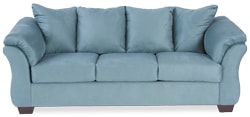
Microfiber
Cleaning code: W
Microfiber, one of the most popular types of upholstery fabric, is made of 100% polyester and has a cleaning code of W. Cleaning code W means that you should spot clean with a water-based shampoo or upholstery cleaner only. When cleaning, don't over-wet the fabric. If your fabric has a pile, it might need to be brushed to restore its appearance. Microfiber does not need to have Scotchgard™ applied after you purchase it.
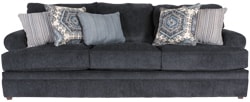
Chenille
Cleaning code: W or WS/SW
Chenille can have two different cleaning codes depending on the type of fibers used to make the fabric. If the fabric is 100% polyester, it will have a cleaning code of W and should be spot cleaned with a water-based shampoo or upholstery cleaner. If the chenille is made of a combination of fibers like cotton, polyester, acrylic, rayon, or olefin, it will have the cleaning code WS (also written as SW or W-S), indicating that it should be spot cleaned with upholstery shampoo, mild detergent, or mild dry cleaning solvent. Be sure to not saturate the fabric with liquid when cleaning.
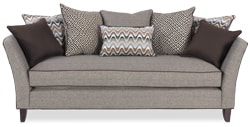
Linen, Tapestry Fabric, and Delicate Fabric
Cleaning code: S
Linen, tapestry fabrics, and other delicate fabrics have a cleaning code of S. Cleaning code S indicates that you should spot clean the fabric with a mild, water-free dry cleaning solvent only. Using water or detergent-based solutions on the fabric can cause discoloring or water spots.
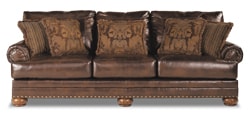
Bonded Leather
Cleaning code: W
Because the top layer of bonded leather is made of polyurethane, it has a cleaning code of W and should be spot cleaned with a water-based shampoo or upholstery cleaner.

Leather
Cleaning code: X
Leather has a cleaning code of X. Cleaning code X means that the piece should be cleaned by vacuuming and dusting only. Water or solvent will harm the leather.
If you aren't sure what type of fabric your furniture is upholstered with, you can find the cleaning code under the seat cushion, under the ottoman of a reclining piece, or on the underside of the entire item.
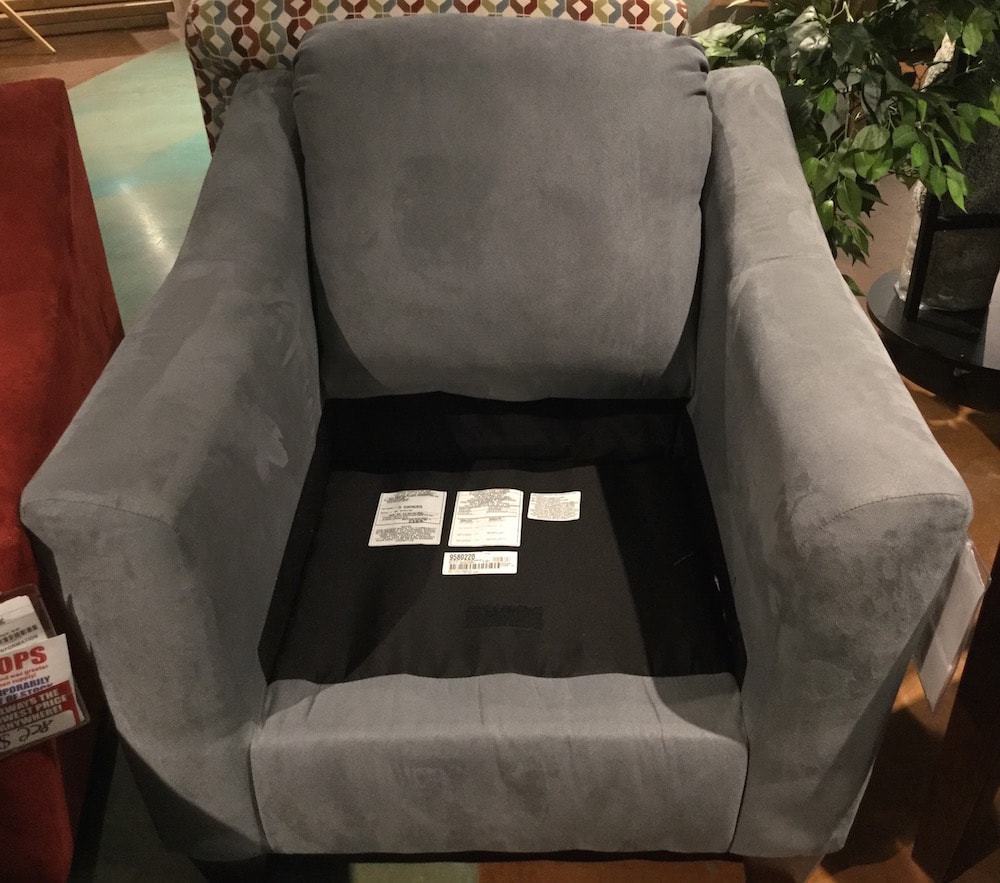
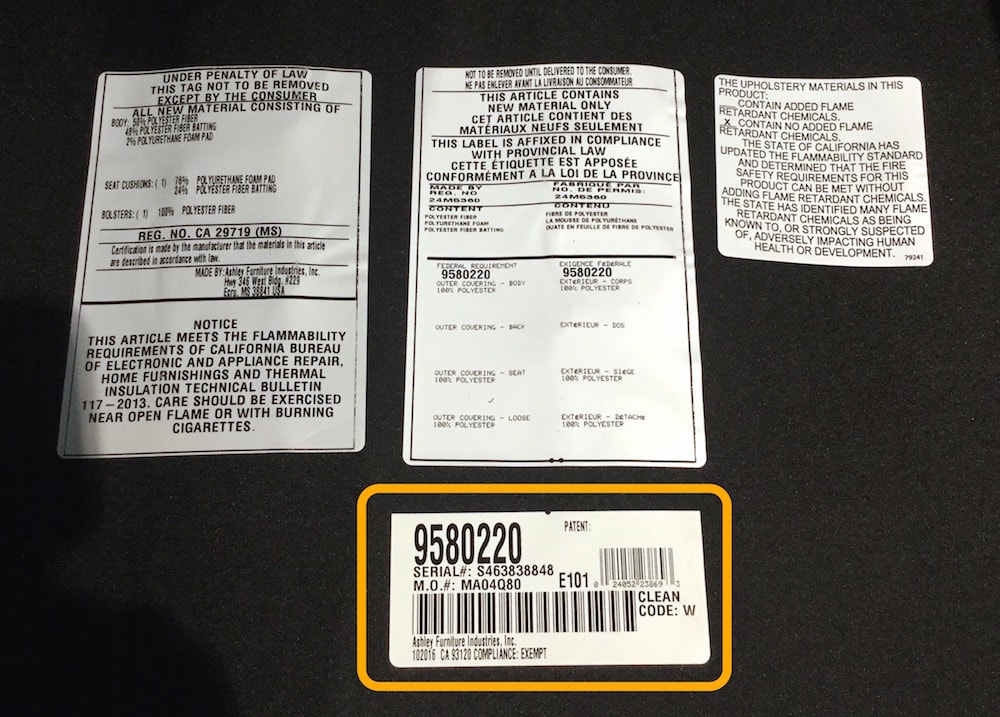
Wood Furniture Care
One of the keys to keeping wood furniture looking its best is protecting the finish by doing the following:
- Use coasters, placemats, and trivets.
- Use felt pads on accessories and tabletop decorations to protect from scratches. Also periodically rotate accessories to avoid permanent marks and impressions.
- Never slide items across the top of furniture as this can cause scratches and gouges. Instead, lift items and then place them.
- Always use a protective pad under your paper when writing with a ballpoint pen.
- Don't leave magazines or newspapers on wood surfaces. The ink could transfer and bleed into the finish and the wood.
- Always clean spills immediately.
How to Clean Wood Furniture
For everyday cleaning, dust your wood furniture with a clean, soft, lint-free cloth by wiping in the direction of the wood grain. To clean spills, first wipe up the spill. Then, if needed, wipe in the direction of the wood grain with a soft, lint-free cloth lightly dampened with water. Finally, use a soft, lint-free cloth to make sure the surface is completely dry to avoid moisture damage.
How to Polish Wood Furniture
First, start with the right kind of polish. There are a variety of products on the market, including waxes, polishes, oils, and cleaners; avoid silicone-based cleaners and citrus-based cleaners. Silicone-based cleaners (including most aerosol products) can penetrate into the finish and damage your furniture. Citrus-based products may contain acids that can harm finishes. If you choose to use a furniture wax, use it sparingly because over-waxing can cause buildup and may damage the finish.
We recommend applying high-quality furniture polish every six months by rubbing the polish into the wood in the direction of the wood grain. Do not combine high quality furniture polishes with other oils or waxes as this may cause discoloring or clouding of the finish.
By simply caring for your furniture and knowing how to properly clean it, you can ensure that your furniture will look beautiful for years to come.









































